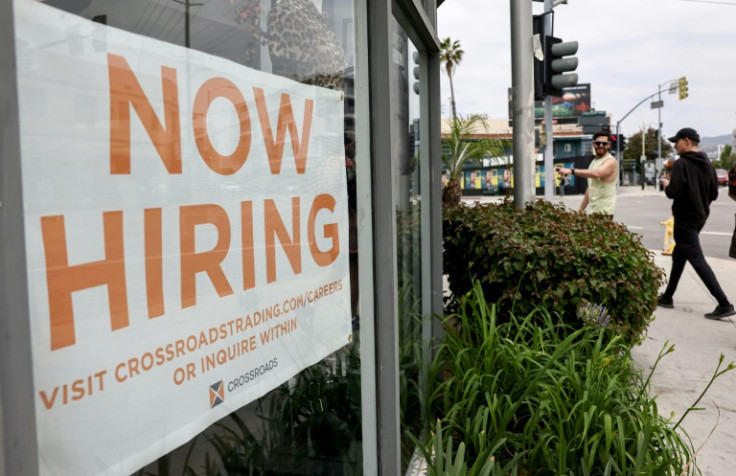July Jobs Report: Will Wall Street Get What It Wished For?

Wall Street will get another chance this week to determine whether its wish for a labor market cooling off enough to prompt the Federal Reserve to end monetary tightening comes true.
The Bureau of Labor Statistics (BLS) will release the July nonfarm payrolls report on Friday morning. It's a survey of private business establishments in the country measuring the net number of jobs generated monthly.
The nonfarm payroll report comes on the heels of the JOLTs job openings, which showed that the number of job openings dropped by 34,000 from May to 9.582 million in June 2023. It's the lowest level since April 2021 and below the market consensus of 9.61 million, suggesting that the labor market is cooling off.
Job creation is a critical source of income growth, consumer spending and GDP growth. These factors shape the macroeconomic environment that affects corporate revenues and earnings, set the pace for monetary policy and determine asset allocation.
For instance, a too-hot labor market could create a macroeconomic environment of solid income, consumer spending and GDP growth, which is a mixed blessing for Wall Street.
Strong GDP growth means higher revenues, earnings and valuations for listed companies.
But it could pressure resource prices, fueling inflation and higher interest rates.
That would mean lower valuations for listed companies.
Conversely, a too-cool labor market will have the opposite effect on the economy and Wall Street.
Ideally, Wall Street would like to see a Goldilocks labor market.
That's a labor market that isn't too hot or cold, supportive of a soft-landing economy, an economy of moderate economic growth and unemployment and inflation.
Moderate economic growth is a tailwind for earnings growth, while moderate inflation is a tailwind for steady, even lower interest rates.
According to two forecasts from Trading Economics, markets expect the economy to have generated somewhere between 190,000 and 200,000 jobs in July. That's slightly below the 209,000 last month and well below the 390,000 generated a year ago.
Mark Hamrick, senior economic analyst at Bankrate, expects the labor market to cool off but remain resilient.
"The job market is like a cat with nine lives that continues to land on its feet," he told International Business Times. "It has continued to display stunning resilience even after interest rate hikes in March last year, supporting the broader economy. It's demonstrated by last week's estimate of second-quarter GDP posting an annualized increase of 2.4%, better than expected, and stronger than the first quarter's 2.0%."
That's why Hamrick sticking with the soft-landing scenario that would fulfill Wall Street's wish.
He sees employment growth moderating after employers added 209,000 jobs in June, with the unemployment rate remaining stable at around 3.6%, just above the recent 54-year low of 3.4%.
But he would pay close attention to July's annual increase in average hourly earnings, which could slip from June's 4.4% gain.
David Russell, vice president of market intelligence at TradeStation, also expects a moderation in job growth. Still, he sees the potential for an upside surprise due to the strong consumer confidence and weaker jobless claims last week.
"The important numbers are likely to be hourly earnings, workweek and unemployment because those have more impact on inflation," he added. "November might get back in play for the Fed if they show overheating. But continued moderation could help feed the emerging Goldilocks narrative."
Still, Hamrick doesn't expect July to be a catalyst for the Fed to end the interest rate-raising cycle.
"The Federal Reserve raised interest rates again last week and kept future options open in its war against inflation," he explained. "While Federal Reserve officials are eager to see this jobs report, they're not going to use ink to write their September rate plans yet."
© Copyright IBTimes 2025. All rights reserved.






















